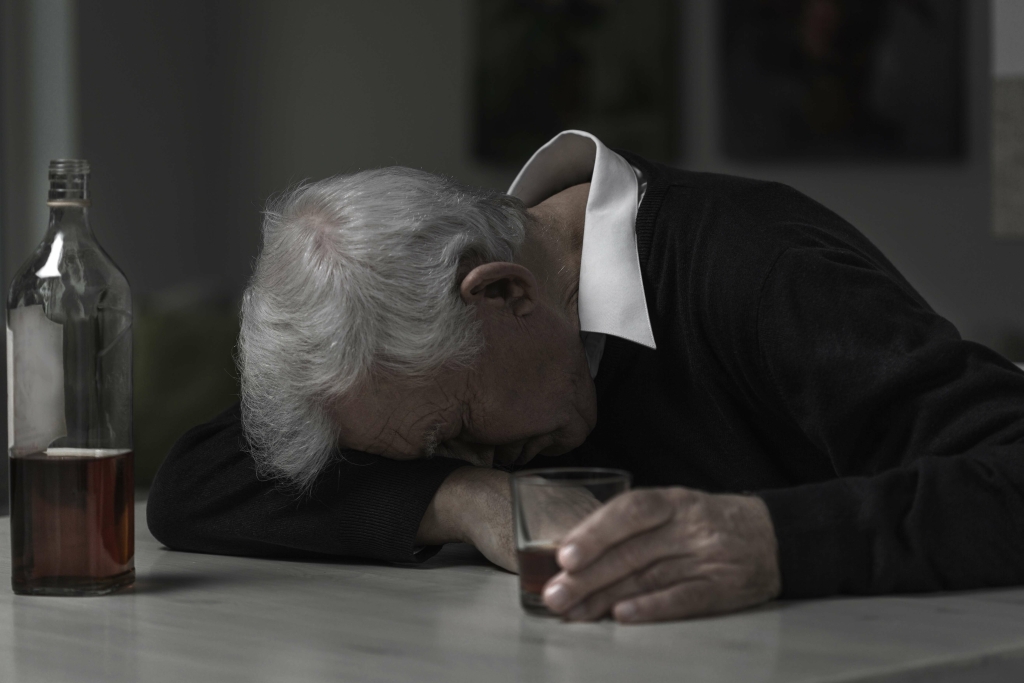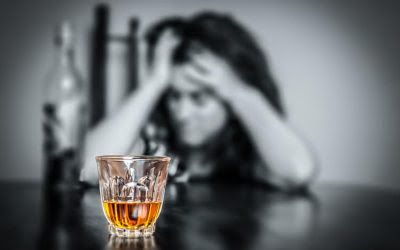Content
Continuing to drink even though your alcohol use is causing problems in your relationships. Getting drunk with your buddies, for example, even though you know your wife will be very upset, or fighting with your family because they dislike how you act when you drink. Experiencing repeated legal problems on account of your drinking. For example, getting arrested for driving under the influence or for drunk and disorderly conduct.
Multimorbidity and complex multimorbidity in Brazilians with severe … – Nature.com
Multimorbidity and complex multimorbidity in Brazilians with severe ….
Posted: Tue, 03 Oct 2023 14:32:41 GMT [source]
And we all know that drinking to celebrate happy occasions, such as weddings and holiday gatherings, is very common in our society. You spend way too much time recovering from the effects of hangovers. Because you don’t drink alone, you figure that you don’t really have a drinking disorder.
An essential daily guide to achieving the good life
For an online assessment of your drinking pattern, go to RethinkingDrinking.niaaa.nih.gov. Admitting a loved one has a problem with alcohol can be painful for the whole family, not just the person drinking. There is help and support available for both you and your loved one. If someone has been binge drinking and is an unconscious or semiconscious state, their social drinking problem breathing is slow, their skin clammy, and there’s a powerful odor of alcohol, they may have alcohol poisoning. In the countries shown in light yellow over 90% of road deaths are not related to alcohol consumption. The map shows the share of all road traffic deaths attributed to alcohol consumption over the national legal limit for alcohol consumption.

It is important to remember that not all people will respond to medications, but for a subset of individuals, they can be an important tool in overcoming alcohol dependence. Research shows that about one-third of people who are treated for alcohol problems have no further symptoms 1 year later. Many others substantially reduce their drinking and report fewer alcohol-related problems. In contrast, alcoholics may be given countless reasons to cut back on their drinking but they are unable to permanently cut back. Alcoholics may have occasions where they drink in a low-risk manner, but they inevitably return to their alcoholic drinking patterns.
Tolerance: The 1st major warning sign of alcoholism
Right now we are lurching into another of our periodic crises over drinking, and both tendencies are on display at once. Since the turn of the millennium, alcohol consumption has risen steadily, in a reversal of its long decline throughout the 1980s and ’90s. Before the pandemic, some aspects of this shift seemed sort of fun, as long as you didn’t think about them too hard. In the 20th century, you might have been able to buy wine at the supermarket, but you couldn’t drink it in the supermarket. Now some grocery stores have wine bars, beer on tap, signs inviting you to “shop ’n’ sip,” and carts with cup holders.
- This disorder also involves having to drink more to get the same effect or having withdrawal symptoms when you rapidly decrease or stop drinking.
- During Oktoberfest, crowds engage in beer drinking and celebrations.
- Over low-conflict tests, intoxicated subjects behaved only a tenth of a standard deviation more extremely than their sober controls, whereas over high-conflict tests they were a full standard deviation more extreme.
- Excessive alcohol use is the fourth-leading preventable cause of death in the United States.
Careless social drinking could cause individuals to drink and drive, commit violence, have unprotected sex or black out. Alcohol poisoning, another potential consequence, could lead to death. According to the alcohol myopia theory, alcohol consumption narrows perception and causes individuals to pay closer attention to a few internal or external factors. Consequentially, people may focus on pleasures rather than consequences.
Signs and symptoms of alcoholism (alcohol dependence)
In Russia, for example, the prevalence is 4.7 percent meaning that almost 1-in-20 have an alcohol dependence at any given time. Our writers and reviewers are experienced professionals in medicine, addiction treatment, and healthcare. AddictionResource fact-checks all the information before publishing and uses only credible and trusted sources when citing any medical data. The Verified badge on our articles is a trusted sign of the most comprehensive scientifically-based medical content. If you have any concern that our content is inaccurate or it should be updated, please let our team know at [email protected]. Drinking alcohol is deeply rooted in American culture and history.

Alcoholism—clinically called alcohol use disorder—can be mild, moderate, or severe, but no matter the severity of the disease, treatment is needed. If two or more of the following signs are observed, treatment for alcoholism should be sought. But a family history or current family alcohol or drug abuse problems may influence the start of personal drinking problems. Sometimes a drinking problem is triggered by major life changes that cause depression, isolation, boredom, and loneliness.
In ancient Greece, Socrates would offer wine to philosophers during gatherings. In the 16th century, Mexicans would drink pulque, a fermented drink, in vinaterías. In Colonial America, early settlers would fill taverns and share news with one another. Employees who worked overtime or earned other premium pay can typically also claim those extra wages once the shutdown ends.
- While interventions based on social norms are popular and widely applied at US universities, interventions that address University students in Europe and especially Germany are rare (41).
- Those animals that liked the smell and taste of alcohol, and were good at metabolizing it, were rewarded with calories.
- Yes, it is possible for some people diagnosed with AUD to cut down their drinking to a healthier level.
- According to the alcohol myopia theory, alcohol consumption narrows perception and causes individuals to pay closer attention to a few internal or external factors.
- Before the pandemic, some aspects of this shift seemed sort of fun, as long as you didn’t think about them too hard.
This ingrained cultural attitude remains mostly unchallenged in our society. Because of this, there’s no clarity about when social drinking becomes a problem. Drinking alcohol clearly has important effect on social behaviors, such as increasing aggression, self-disclosure, sexual adventuresomeness, and so on. Research has shown that these effects can stem from beliefs we hold about alcohol effects.



